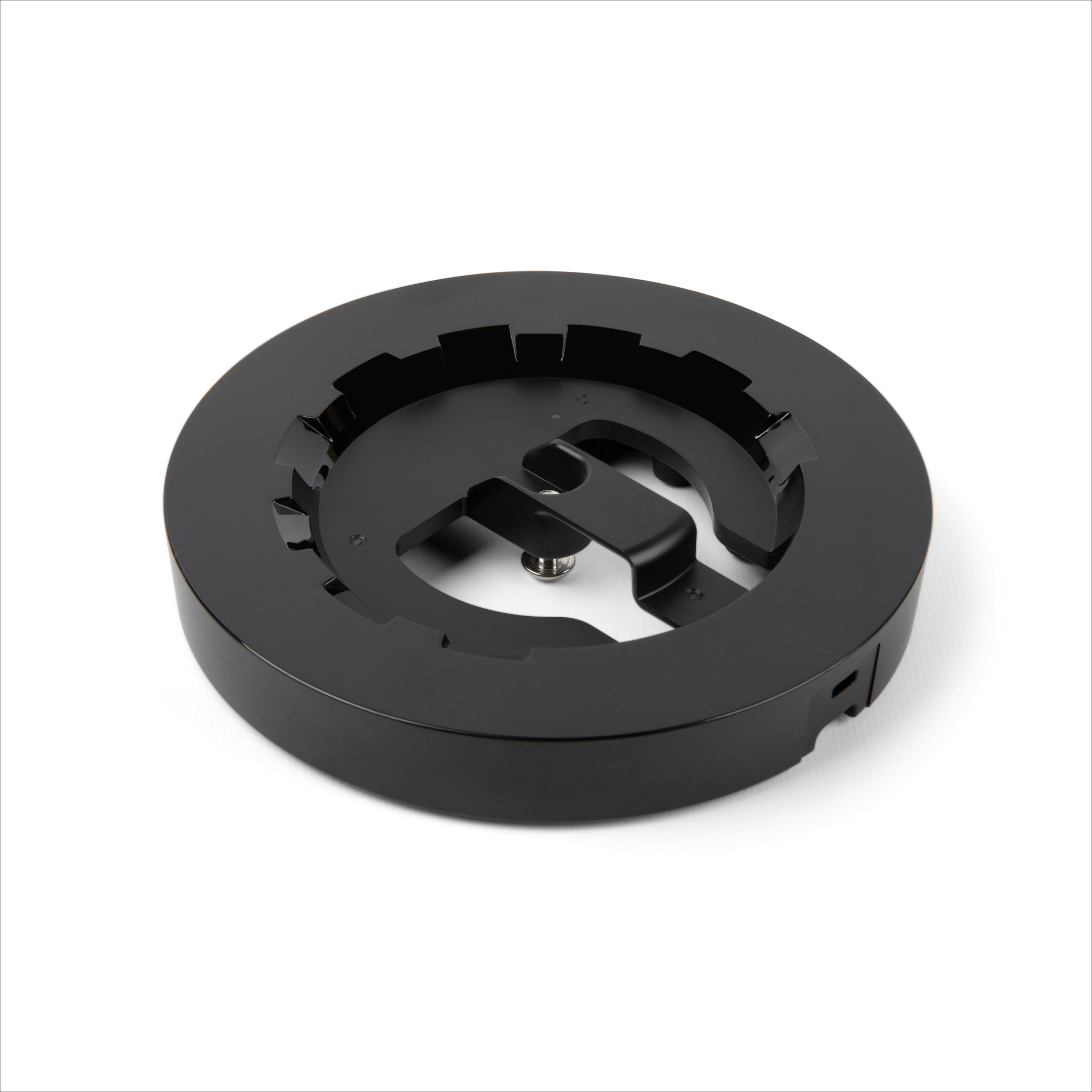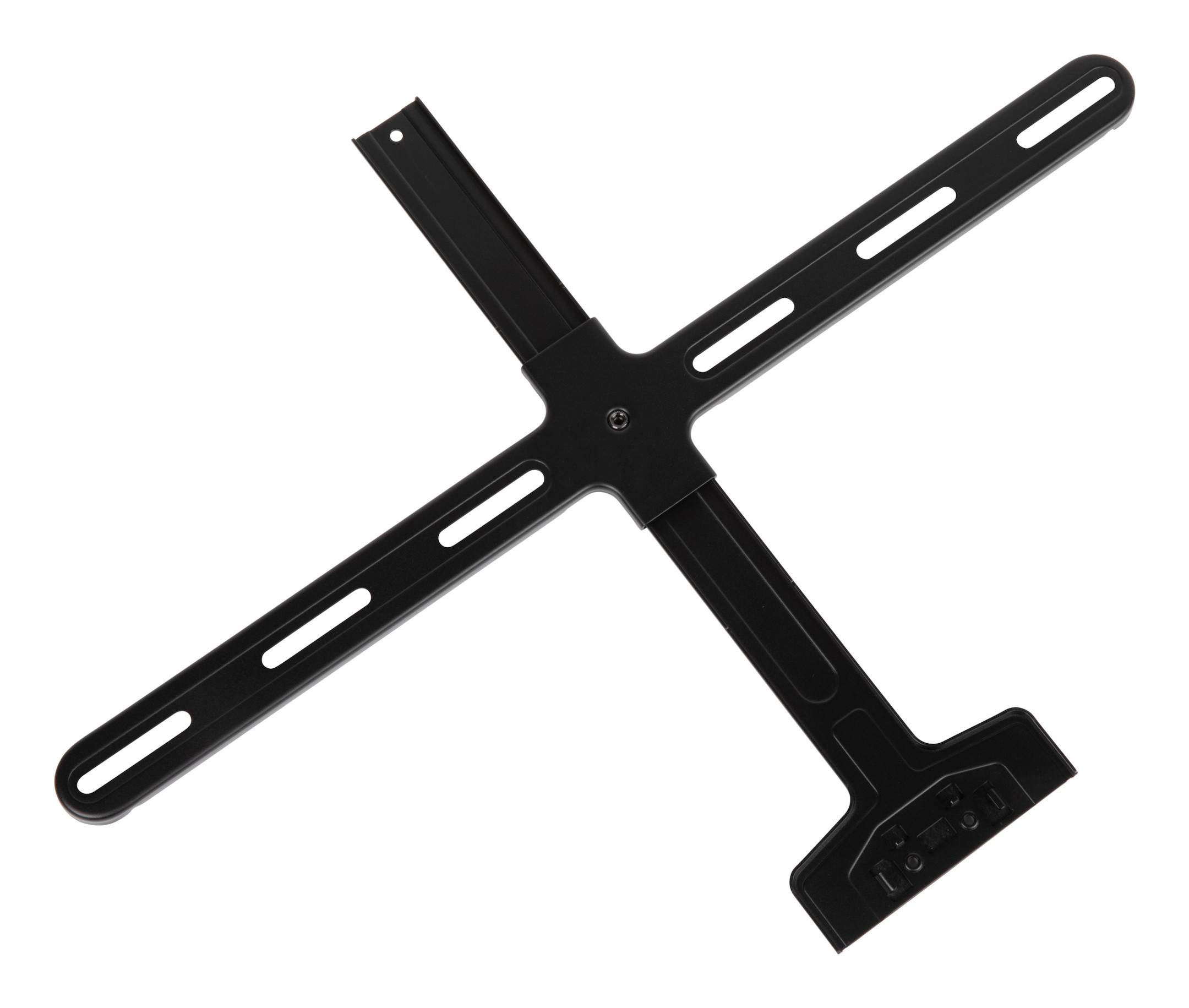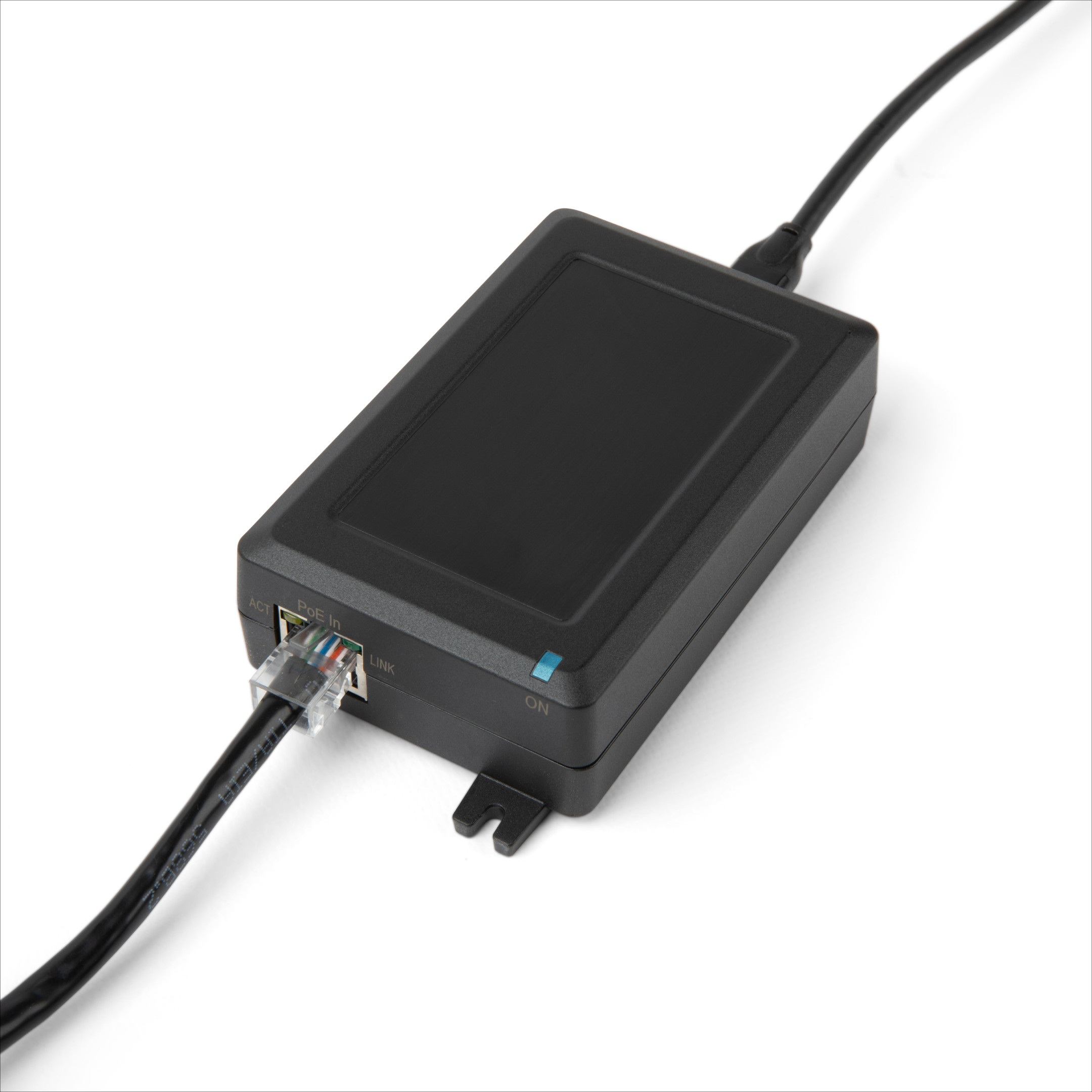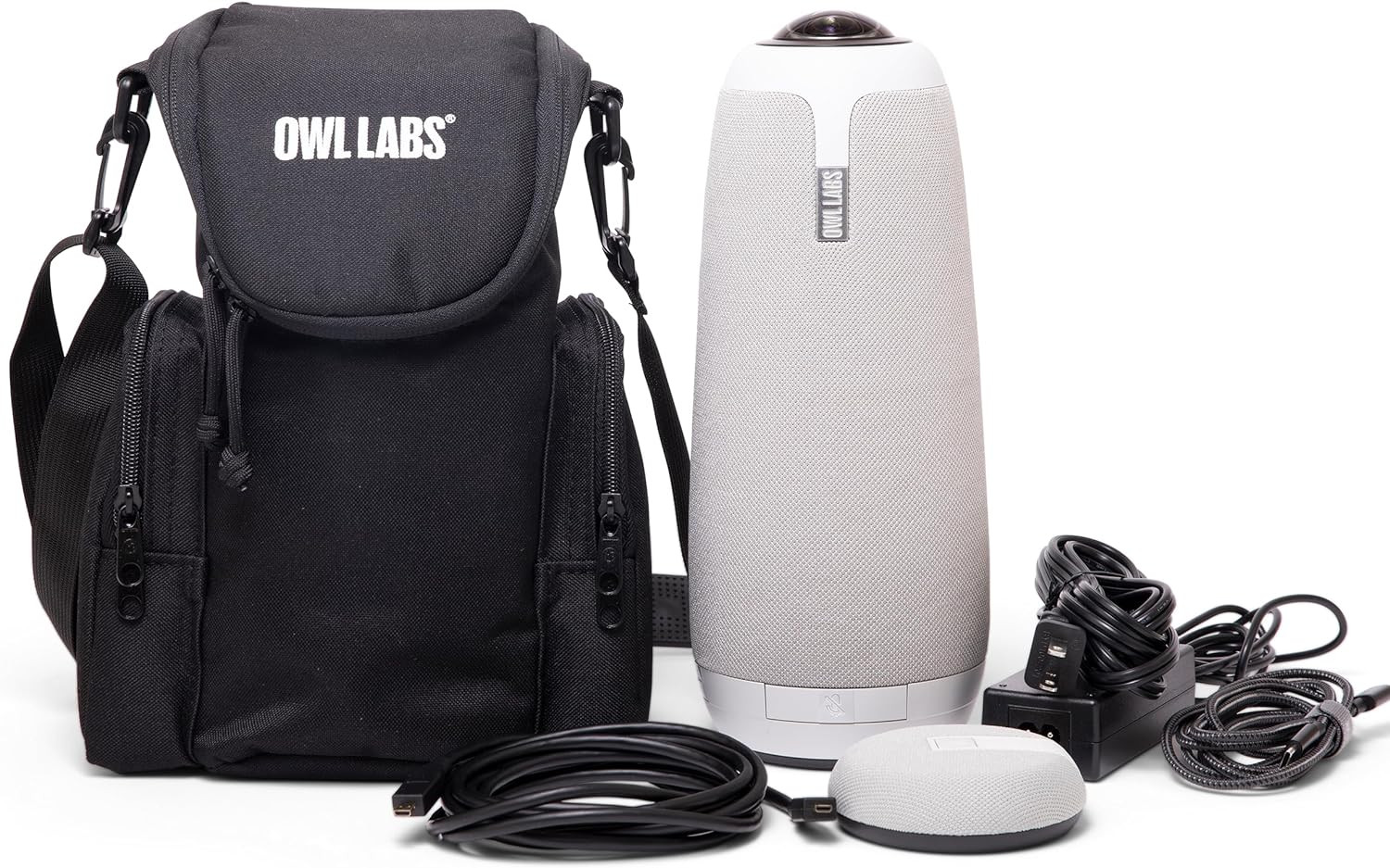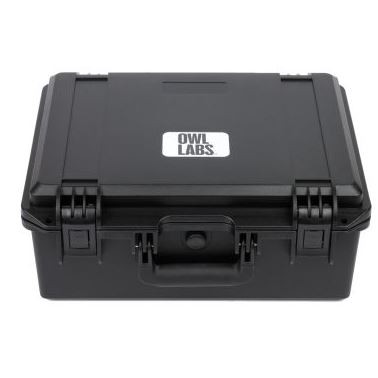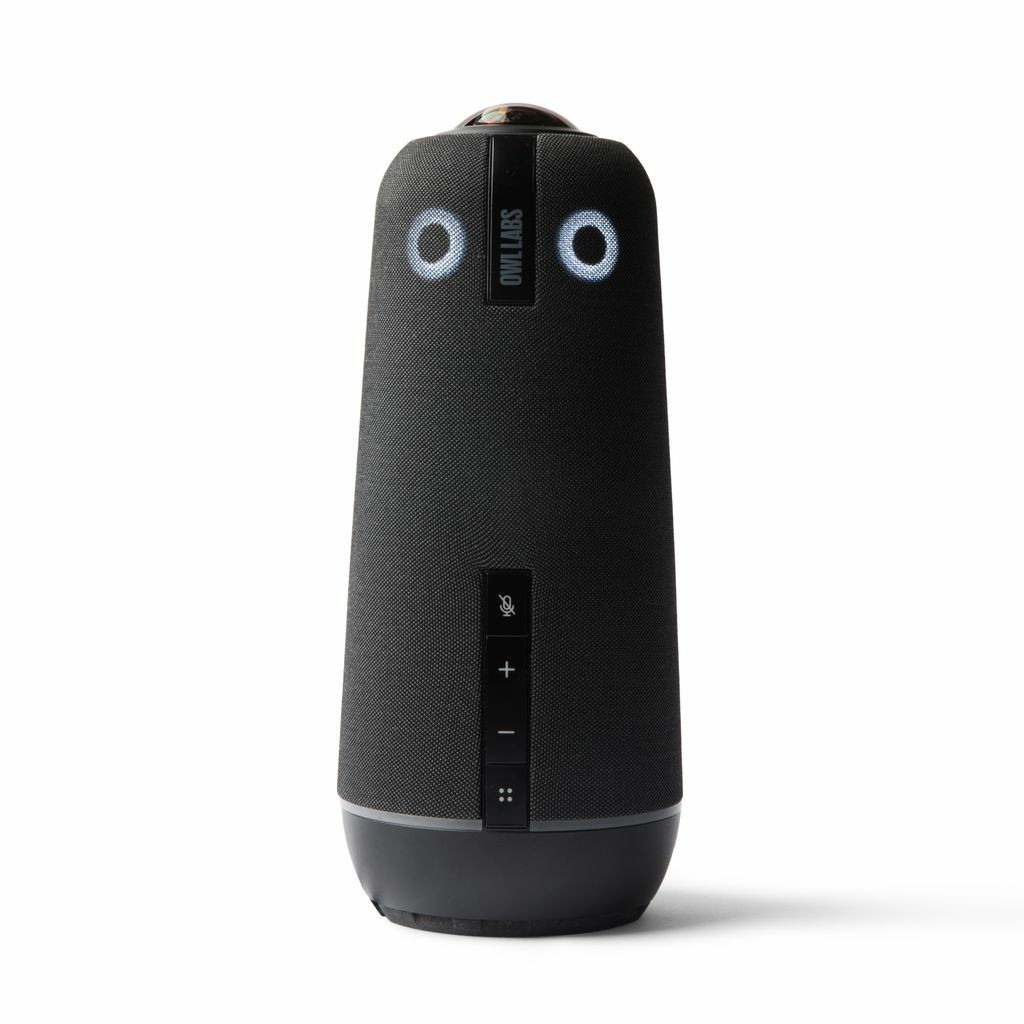







































£1,983.96*
- Resolution 3840 x 2160 4K UHD
- Camera resolution 64 MP
- Field of view 360°


Frequently purchased together
Product information
The Meeting Owl 4+ from Owl Labs is the ultimate all-in-one video conferencing device for hybrid collaboration. With its impressive 360-degree video and audio functions in 4K quality, it offers an innovative solution for effective and productive meetings, regardless of whether participants are on site or remotely.
The technical highlights at a glance:
- Hybrid collaboration in 4K: 360° video and 360° audio up to 5.5 m (18')
- Intelligent functions: Automatic speaker focusing, smart zooming and noise cancellation
- Award-winning Owl Intelligence System: automatically adapts to visual and audio cues
- Easy setup: plug-and-play USB device, ready to use in just 6 minutes
- Company features: Wi-Fi connectivity, Kensington lock, Power-over-Ethernet
- Expandable: compatible with Owl Bar, Expansion Mic and Whiteboard Owl
- Universally compatible: works with Microsoft Teams, Zoom, GoToMeeting, Google Meet, Cisco Webex and more
Hybrid collaboration in the highest quality
The Meeting Owl 4+ revolutionises your meetings with breathtaking 4K video quality and crystal-clear 360° audio. By automatically focussing on the person speaking and simultaneously displaying a 360-degree view of the room, it enables dynamic and interactive collaboration. Whether you're in a small meeting room or a large conference hall, the Meeting Owl 4+ ensures that no one misses out.
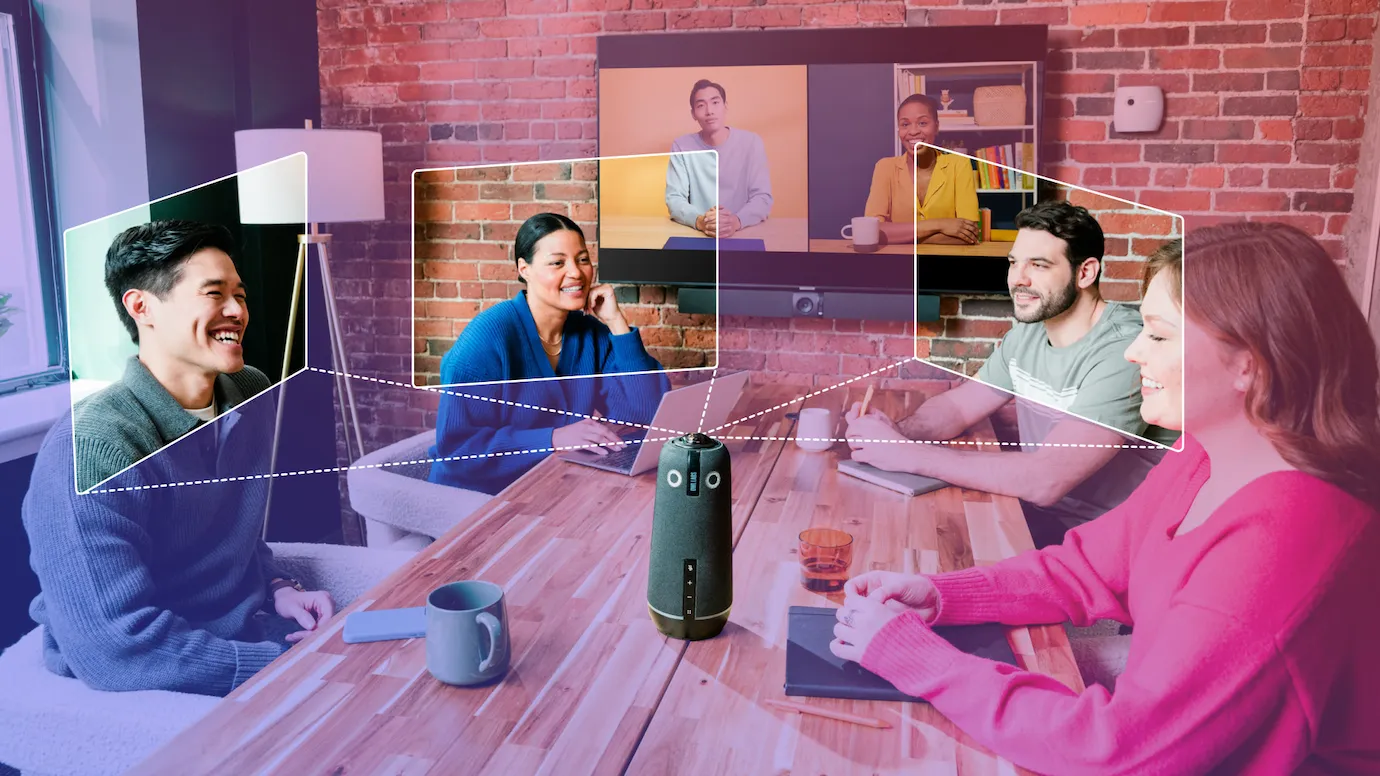
Award-winning Owl Intelligence System
The proprietary Owl Intelligence System sets the Meeting Owl 4+ apart from the competition. This intelligent technology utilises visual and audio cues to provide the best view of speakers in the room. This allows remote participants to effectively and productively participate in hybrid discussions without losing important details.
Easy setup and management
The Meeting Owl 4+ is a plug-and-play USB device that can be up and running in just 6 minutes. IT administrators can conveniently control the entire device fleet via the management tool "The Nest". Features such as bulk registrations and default settings make management particularly efficient and user-friendly.
Flexibility for every room
Thanks to the flexibility of the Owl Labs ecosystem, the Meeting Owl 4+ adapts to the needs of different room sizes. Pair two Meeting Owls or expand the setup with an Owl Bar and an Expansion Mic to increase the video and audio range. Complement your hybrid setup with the Whiteboard Owl to capture all aspects of the discussion.
Corporate features and compatibility
The Meeting Owl 4+ offers key features for corporate use, including a secure Wi-Fi connection, an integrated Kensington lock and Power-over-Ethernet via an adapter. It is universally compatible with almost all web-based video conferencing platforms such as Microsoft Teams, Zoom, GoToMeeting, Google Meet and Cisco Webex, making it a versatile solution for any corporate environment.
Experience a new dimension of hybrid collaboration with the Meeting Owl 4+ - intuitive, efficient and flexible.
Technical data
| Name | Owl Labs Meeting Owl 4+ Conference Camera, 3840 x 2160 4K UHD, 64 MP, 30 fps, 360° |
|---|---|
| Article number | 1000032036 |
| GTIN/EAN | 0850022203879 |
| Manufacturer SKU | MTW405-2000 |
| Model name | Meeting Owl 4+ |
| Brand | Owl Labs |
| Product Type | Conference Camera |
| Resolution | 3840 x 2160 4K UHD |
| Frames per Second | 30 fps |
| Focus type | Manual & automatic focus |
| Camera resolution | 64 MP |
| Camera sensor | CMOS |
| Field of view | 360° |
| Inputs | 1x USB-C |
| wireless technology | WLAN optional |
| Product width | 11.6 cm |
| Product height | 27.5 cm |
| Product depth | 11.6 cm |
| Weight | 1.5 kg |
| Colour | Black |
| Delivery contents | Power cable , Quick user guide , USB-C Cable , warranty card |
| Condition | New |
| Warranty | 24 Month |
| Warranty type | Bringin service Service and support information |
Product safety
| Company |
|---|
| Owl Labs |




